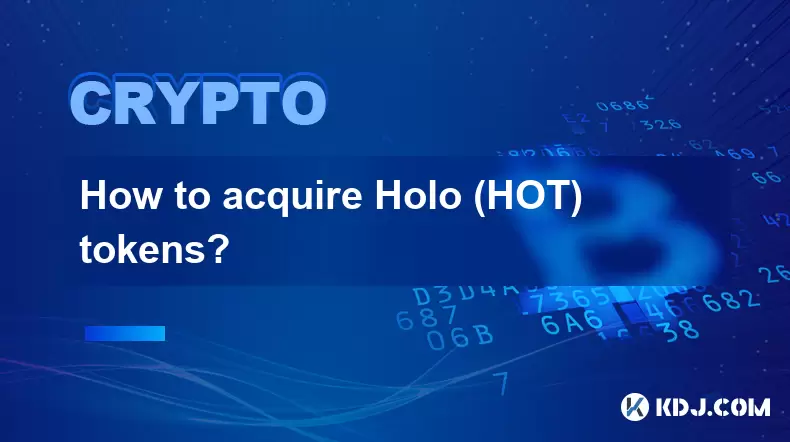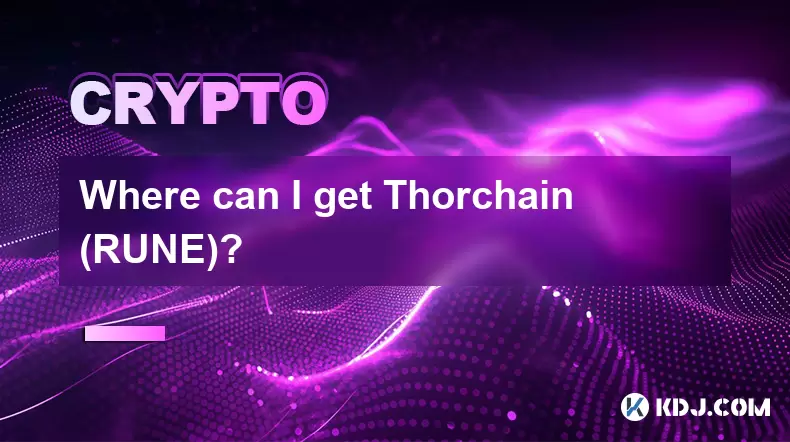-
 Bitcoin
Bitcoin $117500
2.15% -
 Ethereum
Ethereum $3911
6.19% -
 XRP
XRP $3.316
10.79% -
 Tether USDt
Tether USDt $1.000
0.01% -
 BNB
BNB $787.2
2.24% -
 Solana
Solana $175.2
4.15% -
 USDC
USDC $0.9999
0.00% -
 Dogecoin
Dogecoin $0.2225
8.40% -
 TRON
TRON $0.3383
0.28% -
 Cardano
Cardano $0.7868
6.02% -
 Stellar
Stellar $0.4382
9.34% -
 Hyperliquid
Hyperliquid $40.92
7.56% -
 Sui
Sui $3.764
7.63% -
 Chainlink
Chainlink $18.48
10.66% -
 Bitcoin Cash
Bitcoin Cash $582.1
1.88% -
 Hedera
Hedera $0.2601
6.30% -
 Avalanche
Avalanche $23.33
4.94% -
 Ethena USDe
Ethena USDe $1.001
0.02% -
 Litecoin
Litecoin $122.3
2.04% -
 UNUS SED LEO
UNUS SED LEO $8.969
-0.27% -
 Toncoin
Toncoin $3.339
0.86% -
 Shiba Inu
Shiba Inu $0.00001287
4.30% -
 Uniswap
Uniswap $10.43
7.38% -
 Polkadot
Polkadot $3.861
5.08% -
 Dai
Dai $1.000
0.02% -
 Bitget Token
Bitget Token $4.513
3.41% -
 Monero
Monero $267.7
-6.18% -
 Cronos
Cronos $0.1499
4.14% -
 Pepe
Pepe $0.00001110
5.15% -
 Aave
Aave $284.9
8.28%
Application scenarios and value of Kujira (KUJI) coin
Kujira (KUJI) Coin, a centerpiece in the Cosmos ecosystem, provides diverse use cases, yield generation, and passive income opportunities through staking and bonding, while maintaining value through its unique burning and minting mechanism.
Dec 24, 2024 at 02:05 pm

Key Points:
- Understanding Kujira (KUJI) Coin: Overview and Mechanism
- Use Cases and Real-World Applications of KUJI
- Determining Value and Evaluating Factors of KUJI Coin
- Platform Functionality and Key Features of the Kujira Protocol
- Earning Passive Income through Staking and Bonding KUJI
- Market Dynamics and Price Influencing Factors of KUJI
- FAQs Related to Kujira (KUJI) Coin
Understanding Kujira (KUJI) Coin: Overview and Mechanism
Kujira (KUJI) Coin is a decentralized cryptocurrency primarily designed for the Cosmos ecosystem. It serves as the native token of the Kujira protocol, which is a comprehensive suite of tools aimed at empowering users within the Terra network. KUJI facilitates seamless execution of various financial operations, including staking, bonding, and yield generation.
The innovative mechanism underlying Kujira revolves around its unique burning and minting dynamics. Users who stake or bond KUJI receive additional tokens as rewards, contributing to the reduction of the token's total supply. Conversely, tokens are burned when certain platform actions are performed, further promoting scarcity. This interplay of burning and minting helps maintain a dynamic equilibrium and supports the long-term value of KUJI.
Use Cases and Real-World Applications of KUJI
KUJI Coin finds application in diverse use cases within the cryptocurrency landscape, offering solutions for DeFi enthusiasts and investors alike. Some notable applications include:
- Staking and Bonding: Users can stake KUJI to earn rewards and participate in the governance of the Kujira protocol. Additionally, bonding KUJI allows users to access premium features and increased rewards.
- Yield Generation: Kujira provides opportunities for yield generation through its liquidity pools and lending mechanisms. Users can deposit their assets into these pools to earn interest or lend them out to borrowers for additional returns.
- Interoperability with Terra: KUJI seamlessly integrates with the Terra ecosystem, enabling users to interact with various Terra-based protocols. This interoperability unlocks a wider range of financial opportunities and enhances the utility of KUJI.
- Blue Chip NFT Auctions: Kujira hosts exclusive NFT auctions, providing a platform for users to acquire premium non-fungible tokens from renowned artists and creators.
Determining Value and Evaluating Factors of KUJI Coin
Assessing the value of KUJI Coin involves consideration of several key factors that influence its price dynamics and market perception. These factors include:
- Supply and Demand dynamics: The scarcity of KUJI due to its burning mechanism and the growing demand from users seeking rewards and platform utilities contribute to its perceived value.
- Utility and Ecosystem Integration: The comprehensive functionality and deep integration within the Terra ecosystem enhance the practical value of KUJI, supporting its long-term viability.
- Governance Participation: The ability to stake KUJI for governance rights allows users to participate in decision-making processes, further aligning their incentives with the growth of the protocol.
- Market Sentiment and Speculation: Broader market sentiment and speculative trading can also impact the price of KUJI, emphasizing the need for prudent investment strategies.
Platform Functionality and Key Features of the Kujira Protocol
The Kujira protocol offers a robust suite of features that empower users and facilitate seamless financial operations. Some notable capabilities include:
- User Interface (UI): The Kujira platform boasts a user-friendly interface, making it accessible to both experienced and novice users. Intuitive navigation and clear information presentation ensure ease of use.
- Risk Management: Kujira incorporates robust risk management mechanisms to safeguard user funds and minimize potential losses. Advanced algorithms monitor platform activity to identify and mitigate risks effectively.
- Automatic Liquidation: The platform employs an automatic liquidation feature to manage risk. When users' collateral falls below a certain threshold, their positions are liquidated to prevent further losses.
- Reserve Fund: Kujira maintains a reserve fund to provide a buffer against potential financial shocks and ensure the stability of the protocol.
Earning Passive Income through Staking and Bonding KUJI
KUJI Coin offers multiple avenues for earning passive income:
- Staking: By staking KUJI, users can earn rewards in the form of additional tokens. The rewards are proportional to the amount of KUJI staked and the duration of the staking period.
- Bonding: Bonding KUJI provides users with access to higher rewards and platform privileges. Users lock their KUJI for a predetermined period, receiving bonus rewards and governance rights in return.
- Lending: Lending KUJI to borrowers through the Kujira platform allows users to earn interest on their assets. The interest rates are determined by the market dynamics
Disclaimer:info@kdj.com
The information provided is not trading advice. kdj.com does not assume any responsibility for any investments made based on the information provided in this article. Cryptocurrencies are highly volatile and it is highly recommended that you invest with caution after thorough research!
If you believe that the content used on this website infringes your copyright, please contact us immediately (info@kdj.com) and we will delete it promptly.
- SNEK, Cardano, and the Contributor's Conundrum: A Meme Coin's Fight for Recognition
- 2025-08-08 16:30:12
- Toshi Crypto's Wild Ride: Rally, Demand Slump, and What's Next
- 2025-08-08 16:30:12
- Ethereum, Staking Yields, and DeFi Exposure: A New Era for Investors?
- 2025-08-08 15:10:12
- Unilabs Pumps MIA, Binance Coin Bouncing Back, and Ethereum's Bearish Blues
- 2025-08-08 15:10:12
- Ethereum's Wyckoff Markup and Market Rotation: A New Era?
- 2025-08-08 15:30:12
- Ethereum, Vitalik Buterin, and the Overleveraged Game: A Balancing Act
- 2025-08-08 15:30:12
Related knowledge

Where can I buy UMA (UMA)?
Aug 07,2025 at 06:42pm
Understanding UMA and Its Role in Decentralized FinanceUMA (Universal Market Access) is an Ethereum-based decentralized finance (DeFi) protocol design...

Where can I purchase Siacoin (SC)?
Aug 08,2025 at 11:14am
Understanding Siacoin (SC) and Its Role in the Sia NetworkSiacoin (SC) is the native cryptocurrency of the Sia decentralized cloud storage platform, a...

Where can I buy OMG Network (OMG)?
Aug 08,2025 at 12:57pm
Understanding OMG Network (OMG) and Its PurposeThe OMG Network, originally known as OmiseGO, is a layer-2 scaling solution built on the Ethereum block...

What exchanges support buying IOTA (MIOTA)?
Aug 07,2025 at 09:58pm
Understanding the Role of Private Keys in Cryptocurrency SecurityIn the world of cryptocurrency, private keys are the cornerstone of ownership and con...

How to acquire Holo (HOT) tokens?
Aug 08,2025 at 05:56am
Understanding Holo (HOT) and Its EcosystemHolo (HOT) is a cryptocurrency token associated with the Holo ecosystem, which is built on the Holochain fra...

Where can I get Thorchain (RUNE)?
Aug 08,2025 at 08:07am
Understanding the Role of Seed Phrases in Cryptocurrency WalletsA seed phrase, also known as a recovery phrase or mnemonic phrase, is a critical compo...

Where can I buy UMA (UMA)?
Aug 07,2025 at 06:42pm
Understanding UMA and Its Role in Decentralized FinanceUMA (Universal Market Access) is an Ethereum-based decentralized finance (DeFi) protocol design...

Where can I purchase Siacoin (SC)?
Aug 08,2025 at 11:14am
Understanding Siacoin (SC) and Its Role in the Sia NetworkSiacoin (SC) is the native cryptocurrency of the Sia decentralized cloud storage platform, a...

Where can I buy OMG Network (OMG)?
Aug 08,2025 at 12:57pm
Understanding OMG Network (OMG) and Its PurposeThe OMG Network, originally known as OmiseGO, is a layer-2 scaling solution built on the Ethereum block...

What exchanges support buying IOTA (MIOTA)?
Aug 07,2025 at 09:58pm
Understanding the Role of Private Keys in Cryptocurrency SecurityIn the world of cryptocurrency, private keys are the cornerstone of ownership and con...

How to acquire Holo (HOT) tokens?
Aug 08,2025 at 05:56am
Understanding Holo (HOT) and Its EcosystemHolo (HOT) is a cryptocurrency token associated with the Holo ecosystem, which is built on the Holochain fra...

Where can I get Thorchain (RUNE)?
Aug 08,2025 at 08:07am
Understanding the Role of Seed Phrases in Cryptocurrency WalletsA seed phrase, also known as a recovery phrase or mnemonic phrase, is a critical compo...
See all articles

























































































